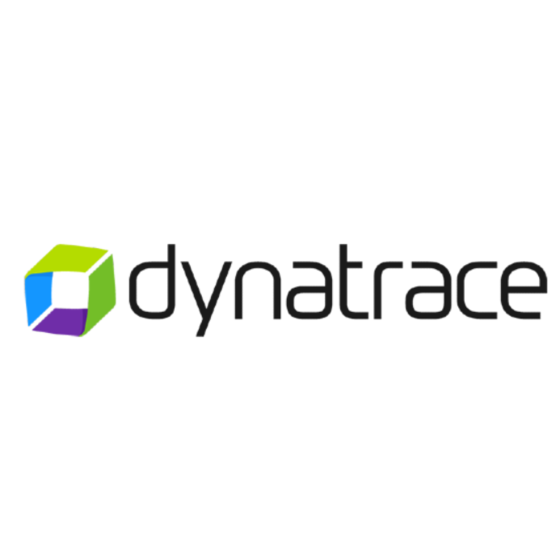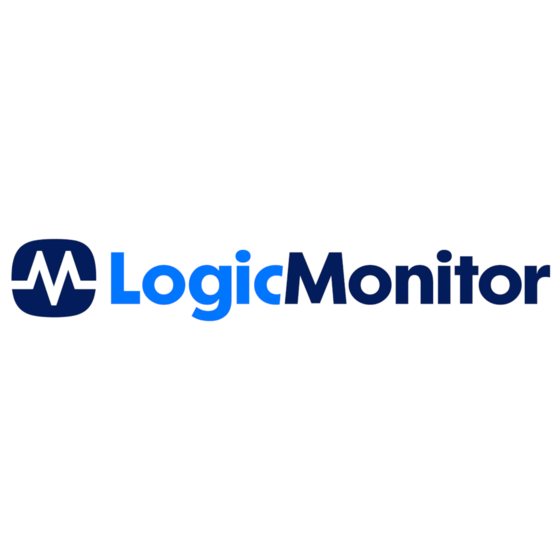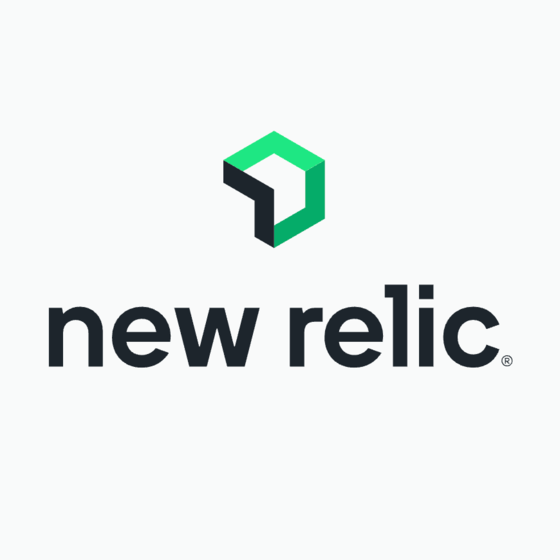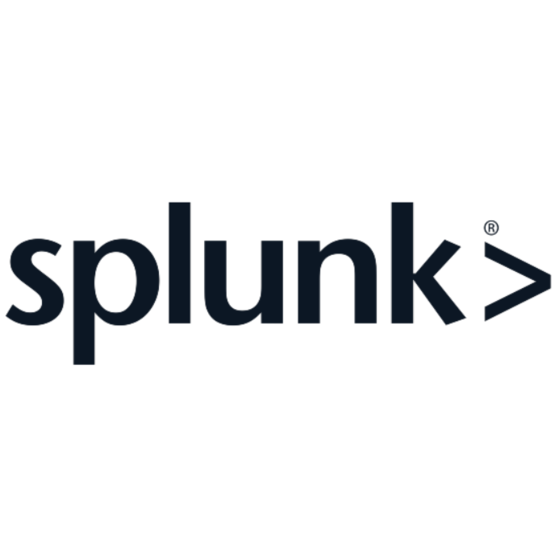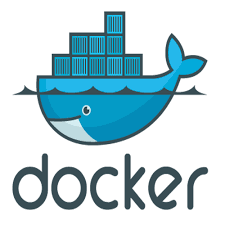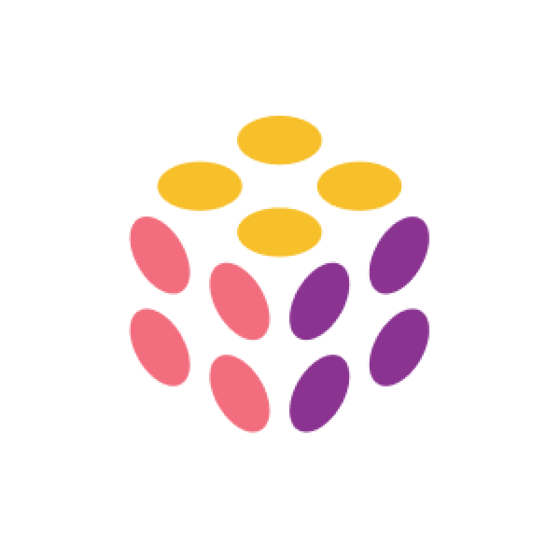Best Sumo Logic Alternatives Shortlist
Here’s my shortlist of the best Sumo Logic alternatives:
Our one-on-one guidance will help you find the perfect fit.
As someone who has been navigating the vast ocean of apps, SaaS, and network monitoring tools, I understand your need for efficient and reliable Sumo Logic alternatives. Sumo Logic is a top-tier data visualization tool that transforms cloud monitoring data into insightful graphs. The benefits are clear: it simplifies data parsing and retention, offering cloud and on-premise solutions. The real game-changers, however, are its vast array of plugins, which make it versatile for diverse needs.
The pain points it addresses are centered on streamlining complex data management processes. It saves you the headache of sifting through heaps of network data and aids in pinpointing the anomalies that require your attention. With the best alternatives at your fingertips, you can easily choose a solution that matches your needs. Please go ahead, dive into these options, and find the tool that's the right fit for you.
What Is Sumo Logic?
Sumo Logic is a cloud-based observability and log management platform that helps you collect, analyze, and visualize data from apps and infrastructure. It’s used by DevOps teams, security analysts, and developers who need to monitor system health, detect issues, and investigate incidents. Log analytics, real-time dashboards, and threat detection tools help with spotting errors, tracking performance, and responding to risks. Overall, Sumo Logic helps your team make sense of system data and act faster when things go wrong.
Why Trust Our Software Reviews
We’ve been testing and reviewing SaaS development software since 2023. As tech experts ourselves, we know how critical and difficult it is to make the right decision when selecting software. We invest in deep research to help our audience make better software purchasing decisions.
We’ve tested more than 2,000 tools for different SaaS development use cases and written over 1,000 comprehensive software reviews. Learn how we stay transparent & check out our software review methodology.
Best Sumo Logic Alternatives Summary
This comparison chart summarizes pricing details for my top Sumo Logic alternative selections to help you find the best one for your budget and business needs.
| Tool | Best For | Trial Info | Price | ||
|---|---|---|---|---|---|
| 1 | Best for organizations prioritizing AI-assistance in software intelligence | 15-day free trial + demo available | From $0.0001 | Website | |
| 2 | Best for IT operations and DevOps needing automated infrastructure monitoring | Free trial available | From $3/resource/month | Website | |
| 3 | Best for full-stack observability with applied intelligence | Free plan + demo available | Pricing upon request | Website | |
| 4 | Best for businesses seeking end-to-end performance monitoring | Free trial available | From $6/month (billed annually) | Website | |
| 5 | Best for those who need unified metrics, traces, and logs | 14-day free trial available | From $15/user/month | Website | |
| 6 | Best for businesses requiring high-powered data collection and analytics | 60-day free trial | Pricing upon request | Website | |
| 7 | Best for developers needing comprehensive application performance tools | 14-day free trial | $80/month | Website | |
| 8 | Best for modern engineers needing robust log management | Free trial + demo available | From $29/month | Website | |
| 9 | Best for visualizing and analyzing metrics from mixed sources | 14-day free trial + free plan available | From $29/month (plus usage) | Website | |
| 10 | Best for large-scale log management and analysis in real-time | Not available | From $10/user/month (billed annually) | Website |
-

Docker
Visit WebsiteThis is an aggregated rating for this tool including ratings from Crozdesk users and ratings from other sites.4.6 -

Pulumi
Visit WebsiteThis is an aggregated rating for this tool including ratings from Crozdesk users and ratings from other sites.4.8 -

GitHub Actions
Visit Website
Best Sumo Logic Alternatives Reviews
Below are my detailed summaries of the best Sumo Logic alternatives that made it onto my shortlist. My reviews offer a detailed look at the key features, pros & cons, integrations, and ideal use cases of each tool to help you find the best one for you.
Best for organizations prioritizing AI-assistance in software intelligence
Dynatrace offers an AI-powered, automatic, and full-stack monitoring solution that covers application performance, cloud infrastructure, and user experience.
Pros and cons
Pros:
- Extensive integration options.
- Automatic and intelligent observability.
- AI-assisted software intelligence for proactive issue identification.
Cons:
- Some users reported occasional false-positive alerts.
- The steep learning curve for new users.
- Pricing can be complex due to the different modules.
Best for IT operations and DevOps needing automated infrastructure monitoring
LogicMonitor is a cloud-based infrastructure monitoring and observability platform. It allows IT operations and DevOps teams to monitor infrastructure automatically, making it a go-to tool for businesses wanting to achieve a proactive stance toward system health.
Pros and cons
Pros:
- Extensive integrations with cloud and container platforms.
- Real-time performance insights.
- We have automated infrastructure monitoring.
Cons:
- Some users may find the interface to be more intuitive.
- The initial setup process may be complex for some.
- Pricing information is not readily available.
New Relic is an observability platform that helps businesses analyze, troubleshoot, and optimize their software stack. The platform combines telemetry data with applied intelligence to provide insights that can improve application performance and user experience.
Pros and cons
Pros:
- Unified dashboards for improved visibility.
- A wide array of integrations.
- Full-stack observability with applied intelligence.
Cons:
- Customer support could be more responsive, according to some users.
- Some features may have a steep learning curve.
- High starting price.
Best for businesses seeking end-to-end performance monitoring
AppDynamics is an application performance management (APM) and IT operations analytics (ITOA) company. The platform offers an end-to-end performance monitoring solution, providing deep insights into application performance, user experiences, and business outcomes.
Pros and cons
Pros:
- Wide range of integrations.
- Powerful analytics engine.
- Comprehensive, end-to-end performance monitoring.
Cons:
- Customization can require some technical know-how.
- The user interface can be complex for new users.
- Higher starting price compared to some competitors.
Datadog is a monitoring and security platform for cloud applications. It combines end-to-end paths, records, and metrics into one unified view, allowing users to observe their entire system comprehensively.
Pros and cons
Pros:
- Wide range of integrations.
- Real-time visibility and alerting.
- Unified view of metrics, traces, and logs.
Cons:
- Some users report a steep learning curve.
- Setup may require technical expertise.
- Advanced features require a more expensive plan.
Best for businesses requiring high-powered data collection and analytics
Splunk Enterprise is a software platform that provides comprehensive insights into your machine data. Its powerful data collection and analytics make it a top choice for businesses that require high-powered, in-depth data analysis capabilities.
Pros and cons
Pros:
- Provides powerful search and analytics tools for in-depth data analysis.
- Has scalable data collection to accommodate growing data volumes.
- Offers real-time visibility into machine data.
Cons:
- The complexity of the tool needs to be more straightforward for businesses with simpler data needs.
- It may require a significant learning curve for those unfamiliar with the platform.
- It has a high starting price, which may not be suitable for smaller businesses.
Stackify is an application performance management tool designed specifically for developers. It offers an end-to-end view of application performance, allowing developers to effectively identify and troubleshoot potential issues.
Pros and cons
Pros:
- Supports a wide range of programming languages and frameworks.
- Offers detailed code profiling and error tracking.
- It is tailored to the needs of developers.
Cons:
- Pricing could be more competitive compared to other solutions.
- Some users report a slightly steep learning curve.
- It could be more feature-rich compared to other APM tools.
Better Stack offers a current, powerful log management solution that enables engineers to visualize, analyze, and understand their log data more effectively.
Pros and cons
Pros:
- A broad range of integrations supporting various environments and languages.
- Extensive search capabilities for specific data analysis.
- Real-time log tailing for immediate insights.
Cons:
- The user interface might take some time to get used to for beginners.
- It may have more features than are needed for smaller projects.
- Higher starting price compared to other tools.
Grafana offers a robust, interactive visualization platform for all your metric data. It shines in its ability to pull in data from various sources, presenting it in a single, unified dashboard that's customizable and interactive.
Pros and cons
Pros:
- Offers powerful alerting mechanisms.
- Highly customizable and interactive dashboards.
- Supports a wide array of data sources.
Cons:
- Some users need help with complex query construction.
- The interface can be overwhelming due to the number of features.
- It could have a steep learning curve for non-tech users.
Graylog is an open-source log management tool designed to analyze and visualize machine data at scale. This powerful solution can handle the large volumes of log data businesses generate and process in real-time.
Pros and cons
Pros:
- Customizable dashboards and alerts.
- Powerful real-time analysis capabilities.
- Excels in managing large-scale log data.
Cons:
- Pricing is based on log volume, which can escalate costs.
- The open-source version lacks some enterprise features.
- The interface might seem complex for first-time users.
Other Sumo Logic Alternatives
Here are some additional Sumo Logic alternatives that didn’t make it onto my shortlist, but are still worth checking out:
- LogRhythm
For enterprises requiring advanced security information and event management
- Logz.io
For cloud-native organizations valuing AI-powered insights
- Coralogix
Good for automated anomaly and trend detection in logs
- Loggly
Good for troubleshooting with centralized log analysis
- LogEntries
Good for real-time log data search, visualization, and alerting
- Hosted Graphite
Good for detailed metrics visualization and alerting
- IBM Instana Observability
Good for real-time application performance monitoring
- Moogsoft
Good for reducing noise in IT alerts with AI-driven insights
- NXLog
Good for multi-platform log collection and routing
- LogPoint
Good for compliance management and proactive threat hunting
- Fluent Bit
Good for lightweight log processing and forwarding
- Trellix Security Manager
Good for threat intelligence and management across large enterprise networks
- IBM Security QRadar Suite
Good for centralized security incident detection and response
- Logstash
Good for dynamic data collection and enrichment pipeline
- Amazon CloudWatch
Good for monitoring AWS resources and applications in real-time
Other Software Reviews
Sumo Logic Alternatives Selection Criteria
When selecting the best log management software, many criteria exist. Having personally tested and scrutinized many of these tools, I've whittled down the selection to those that meet specific requirements. In my evaluation of dozens of log management tools, the most crucial criteria included core functionality, key features, and usability.
Core Functionality
- Log collection - The tool should efficiently gather logs from various sources without overwhelming system resources.
- Log normalization - It should standardize logs, enabling straightforward comparison and analysis.
- Data storage and management - A competent tool needs to store data securely and allow efficient retrieval when required.
- Log analysis - The tool should have powerful log analysis capabilities to reveal meaningful insights from the data.
Key Features
- Scalability - As your log data increases, the tool should be able to handle the growing volume without performance deterioration.
- Real-time analysis - This feature allows immediate detection of anomalies or issues as they occur.
- Alerting and notification - The tool should notify users about potential issues or threats in real-time.
- Compliance assurance - Given the growing importance of data regulation, a good tool helps ensure compliance with industry standards.
Usability
- Intuitive UI - An intuitive interface that allows easy navigation and operation is critical for a log management tool, and an intuitive interface that allows easy navigation and function is vital. This could include a dashboard view for quick insights, a search bar for efficient data retrieval, or a range of other observability platforms.
- Smooth onboarding - The tool should offer a straightforward setup process and provide clear instructions or guides for initial configuration and use.
- Robust support - Vendors should provide full customer support to help users troubleshoot issues. This could include a comprehensive knowledge base, responsive customer service, and a supportive user community.
- Role-based access - For security reasons, the tool should enable admins to restrict access based on user roles. This ensures that only authorized individuals can view or alter log data.
- Training resources - Given the complexity of some tools, having a learning library or training program to guide users through the functionalities is essential.
Why Look For A Sumo Logic Alternative?
While Sumo Logic is a good choice of log management platform, there are a number of reasons why some users seek out alternative solutions. You might be looking for a Sumo Logic alternative because…
- Pricing doesn't scale well with high data volumes.
- Query performance slows down with large datasets.
- The UI can feel overwhelming to new users.
- Advanced features require a steep learning curve.
- Integration with some tools isn’t as smooth.
- Alerting options feel too limited for your needs.
If any of these sound like you, you’ve come to the right place. My list contains several log management platform options that are better suited for teams facing these challenges with Sumo Logic and looking for alternative solutions.
Sumo Logic Key Features
Here are some of the key features of Sumo Logic, to help you contrast and compare what alternative solutions offer:
- Role-based access control: Lets you set who can see or do what across your team.
- Log analytics: Lets you collect, search, and analyze log data across your systems.
- Real-time dashboards: Helps you monitor key metrics live so your team can react fast.
- Alerting: Notifies your team when something unusual or important happens in your data.
- Data archiving: Lets you store historical data for compliance or future analysis.
- Cloud-native architecture: Gives your team flexibility with scalable, cloud-based log management.
- Security analytics: Helps you detect threats or policy violations using your log data.
- Integrations: Connects with services like AWS, GCP, Azure, and Kubernetes easily.
- Query language: Lets you dig into data using a flexible and detailed search language.
- Machine learning insights: Surfaces patterns or anomalies that might need attention.
Summary
To wrap it up, selecting the best Sumo Logic alternative involves meticulous evaluation of different software based on the requirements and resources of your organization. From powerful full-stack observability to robust log management to high-powered data collection, there are various facets to consider when looking for a tool that meets your business needs.
When choosing software for your business, evaluating your core requirements is essential. There's no one-size-fits-all solution, so it's crucial to identify what you need - whether it's robust log management, AI-assisted software intelligence, or full-stack observability.
Usability is another factor to consider. Even if a solution has advanced features, it might only be worth it if it’s easy to navigate and lacks efficient support. Please take a look at the onboarding process and customer support as well.
Lastly, remember to understand the pricing structure. The cost of these tools can vary significantly, so investing in a tool that delivers value for your investment is essential. Whether you have a tight budget or a sizeable one, there are alternatives to Sumo Logic that can cater to your needs without breaking the bank.
What do you think?
We’re always eager to learn about new tools in the ever-evolving tech landscape. Feel free to reach out if you think we've missed a Sumo Logic alternative that deserves to be on this list. We are happy to explore your suggestions and potentially include them in future updates. Your contribution can make this guide even more valuable for readers like you seeking the most effective tools in the market.


